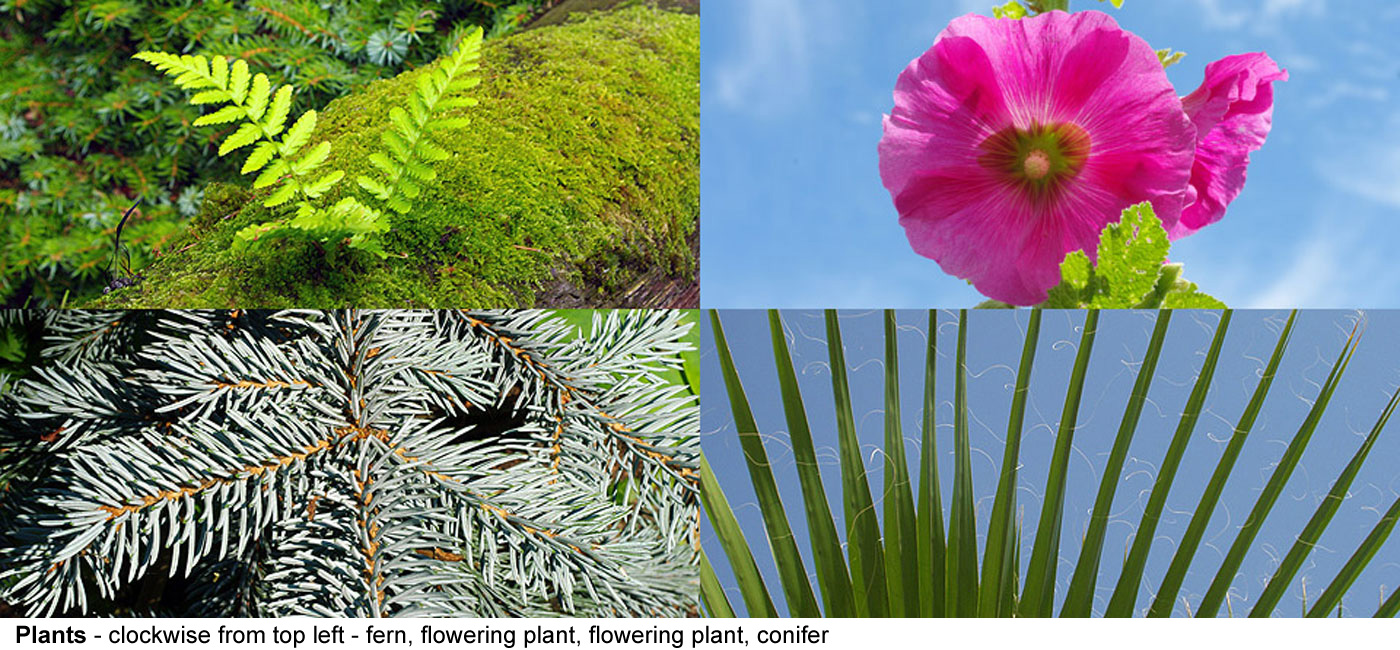The Flowering Plants Are The: Bryophytes Seed Plants Angiosperms Lichens
A flowering plant which forms seeds inside a protective chamber called an ovary. Water loss does not present a large problem so they do not need a waxy surface to retain water.
Pin On Phylogeny Source: www.pinterest.com
While many of the earliest groups continue to thrive as exemplified by red and green algae in marine environments more.

The flowering plants are the: bryophytes seed plants angiosperms lichens. Plant groups and fungi lichens and algae. 3 The seed coat protects the growing. Bryophytes - a small flowerless green plant of the division Bryophyta which comprises the mosses and liverworts.
What sets bryophytes and pterophytes apart from gymnosperms and angiosperms is their reproductive requirement for water. Lichens by contrast are highly complex organisms which consist of fungi which as you may know contain no chlorophyll and so cannot produce their own food from sunlight. The flowering plants also known as Angiospermae ˌ æ n dʒ i oʊ ˈ s p ɜːr m iː or Magnoliophyta m æ ɡ ˌ n oʊ l i ˈ ɒ f ɪ t ə-oʊ f aɪ t ə are the most diverse group of land plants with 64 orders 416 families approximately 13000 known genera and 300000 known species.
Like gymnosperms angiosperms are seed-producing plantsThey are distinguished from. Angiosperms have flowers and seeds for mating. 2 Seeds carry a food supply for the growing embryo to increase its chances for survival.
Learn vocabulary terms and more with flashcards games and other study tools. That is they reproduce by seeds rather than spores like ferns and mosses do. Bryophytesthe group of seedless plants containing mosses hornworts and liverwortsoften live in wetter habitats.
In clubmosses ferns and seed plants including cycads conifers flowering plants etc the sporophyte is the dominant generation. A total of about 555 lichen species under 128 genera have been reported from the state. Bryophytes are described as seedless nonvascular plants.
Bryophytes are flowerless green plants relatively simple and primitive and includes mosses and liverworts. They do not have to search far for water and nutrients so they do not need very complex roots. Angiosperms and gymnosperms are both seed plants.
1 Seeds are multicellular that include a preformed embryonic root stem and leaf that are ready to start growing after germination occurs whereas spores are small single-celled and vulnerable to destruction. We study vascular plant and bryophyte communities as the latter constitute a large fraction of the plant species pool and biomass in humid northern systems Klanderud et al. The lifecycle of bryophytes and pterophytes is characterized by the alternation of generations like gymnosperms and angiosperms.
-- Have seeds -- Have pollen containing sperm seedless PLANT. The 2 classes of angiosperms -Monocots have a single cotyledon parallel veins floral petals in multiples of 3 fibrous roots. Another similarity is that they have the ability to produce secondary growth.
A total of 1077 species in about 370 genera have been recorded from Tamil Nadu till 2002 Natarajan 2007. Moss Features - Bryophyte is a traditional name used to refer to all land plant that are non-vascular plants such as mosses hornworts and liverworts. PLANT DIVERSITY 2 Plant Kingdom Bryophytes Ferns Gymnosperms Angiosperms Vascular Seed Plants.
The tracheophytes are further divided into pteridophytes seedless plants and spermatophytes seed. Plants seemed to evolve in the order of bryophytes gymnospermsangiosperms. Pteridophytes B Seed plants 1.
It is divided into bryophytes non-vascular plants and tracheophytes vascular plants. In bryophytes and ferns the gametophytes are independent free-living plants. Jeopardy Bryophytes Seedless Vascular Plants Gymnosperms Angiosperms 100 100 200 200 300 300 400.
2015 Mateo et al. Bryophytes are mosses that lack vascular tissue. Bryophytes Seedless Vascular Gymnosperms Angiosperms.
The completion of the bryophyte and pterophyte life cycle requires water because the male gametophyte releases sperm. The earliest photosynthetic organisms on land would have resembled modern algae cyanobacteria and lichens followed by bryophytes liverworts mosses which evolved from the charophyte group of green algae. The evolution of plants has resulted in a wide range of complexity from the earliest algal mats through multicellular marine and freshwater green algae terrestrial bryophytes lycopods and ferns to the complex gymnosperms and angiosperms flowering plants of today.
Start studying Chapter 16-19. The key difference between these two plant groups is that angiosperms produce flowers and fruit with seeds enclosed in ovaries. Nilgiris Palni hills and Anamalai hills in Western Ghats are rich in fungal diversity.
The obvious visible plant whether a small herb or a large tree is the sporophyte and the gametophyte is very small. Gymnisoerm do not have seeds but have vascular tissue.
Plant Groups The Classification Of Plants Source: www.coolgalapagos.com
Angiosperms Angiosperms Botany En En En Flower Flower Plants Science Science Glogster Edu 21st Century Multi Planting Flowers Gymnosperm Plants Source: www.pinterest.com
Land Plants Organismal Biology Source: organismalbio.biosci.gatech.edu
1 Sylvia S Mader Immagini E Concetti Della Source: slidetodoc.com
Mb Chapter 29 Moss And Ferns Flashcards Quizlet Source: quizlet.com

